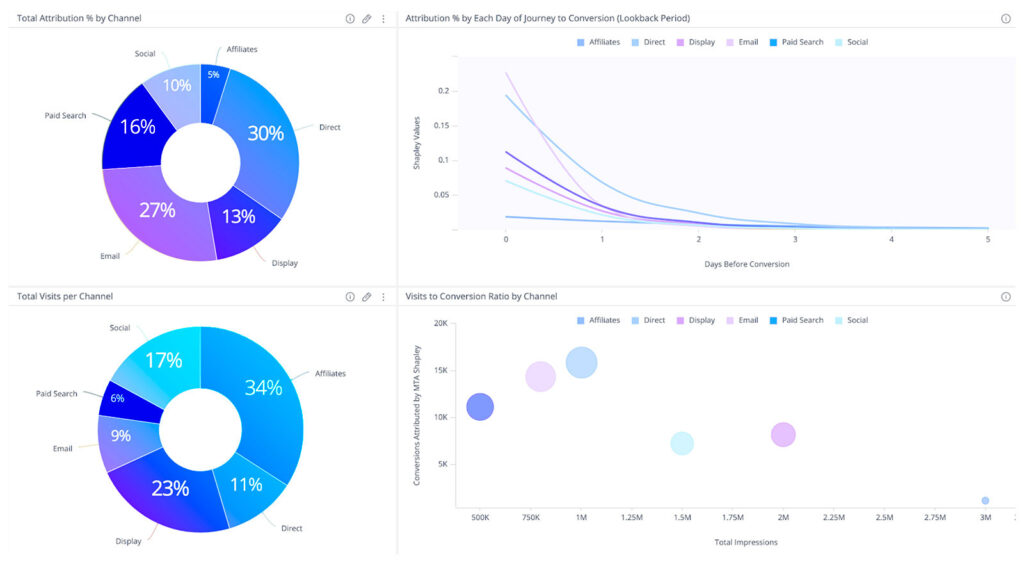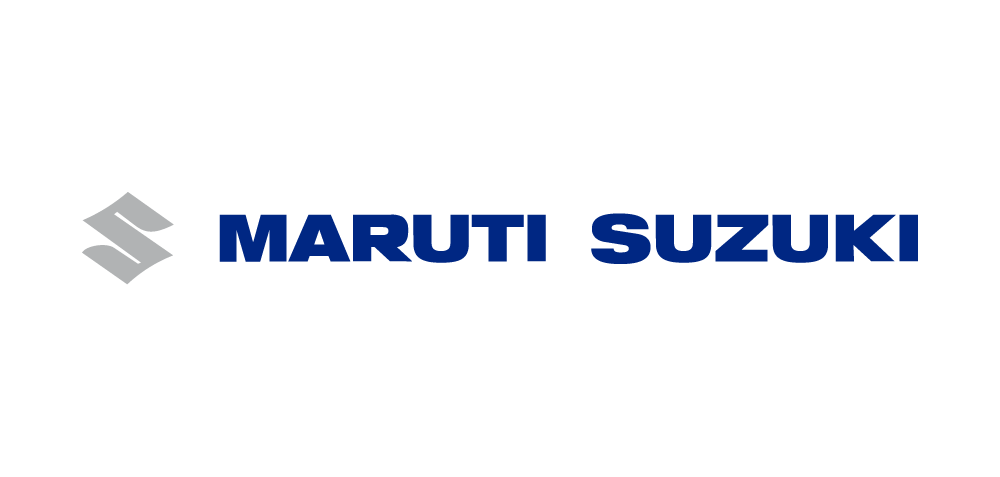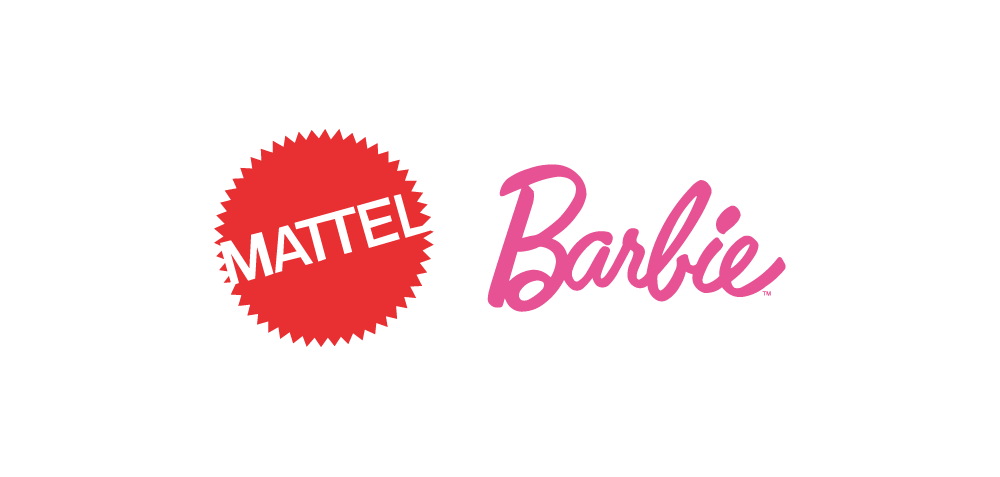Mapping the Customer Journey Toward Acquisition: Improve Your Lead Generation
Last updated May 27, 2024Somewhere out there, potential leads are looking for the products and services your business offers. Finding and converting these leads into loyal customers, however, is another story. Mapping the customer journey with an eye toward acquisition can help improve your lead generation and drive conversion.
Let’s take a closer look at the customer journey and the tools you can leverage to maximize opportunities at each stage to help generate more potential leads.
The Customer Journey and Acquisition
For brands to take an active role in the customer journey, they need to know the stages a potential lead passes through while converting. By definition, a customer journey is a two-way business relationship that entails active participation from both brands and customers.
The customer journey refers to the full lifecycle of a relationship between a business and one of its customers. Rather than focusing on a single transaction or event, the customer journey represents the full duration of a customer-business relationship. This relationship spans every stage or “touchpoint,” from awareness to acquisition, to retention, and finally, loyalty.
Mapping the customer journey helps brands:
- Meet customer expectations regarding sales, service, and marketing
- Identify pain points in the process, including slow checkout processes and delayed customer service responses
- Understand how different audience segments move through the sales funnel
- Maximize opportunities at critical stages
- Personalize experiences across channels and touchpoints
Using the right tools and the right approach, brands can shape the customer journey from the start (lead generation) to its conclusion (loyalty). Let’s examine each stage in more detail.

Stage One: Lead Generation/Awareness
Lead generation is the process of identifying potential customers, prospects, or leads who might be interested in what a company offers. Instead of targeting the masses with blanket marketing messages, lead generation focuses on specific audiences who are more likely to respond positively to an offer.
Companies can either purchase lists of potential targets from a provider or try to attract prospects through inbound marketing strategies, including search engine optimization (SEO), social media presence, and content-based marketing.
One of the best ways to generate leads is to build a lookalike audience. A prime precision tool for building lookalike audiences is a customer data platform (CDP). CDPs rely on a data-rich foundation of unified customer profiles to model similar audience segments for targeting.
Let’s look at an example of how a CDP can build a lookalike audience at scale. A sports footwear brand learns through CDP analysis that its buyers aged 25-35 often use weather and health tracking apps. Considering the seed audience’s key attributes (age group, status, income), a CDP can create a lookalike audience to target weather and health app users with the same characteristics. Thus, customer data platforms like Treasure Data CDP help fine-tune lead generation from the start of the journey to increase the chances of acquisition.
Treasure Data CDP’s AI and machine learning capabilities enable brands to derive deep consumer insights for building lookalike audiences. Check out this video “How To Use a Lookalike Audience To Find New Customers”:
Stage Two: Engagement
Once you have made potential customers aware of your company’s offerings and generated leads, it is time to start working to acquire them. Engaging leads through relevant messages and enjoyable interactions will bring them closer to conversion. Brands can engage with customers in several ways:
Email marketing: Brands can engage customers through informative emails that educate prospects on a company’s products and services.
Social media: Brands can leverage paid and organic social media to garner interest and interact with consumers on widely used platforms.
Search marketing: SEO improves brand and content visibility in a user’s search results.
Content: Brands can produce original and relevant content to attract leads and inspire them to learn more about the company.
Video: High-quality videos are a great way to engage audiences across multiple channels and platforms.
Experiences: Physical, digital, and hybrid experiences provide consumers with memorable brand interactions. In a market saturated with competing products, consumers enjoy engaging with and learning about brands in new ways.
Today, companies can choose more ways than ever to engage prospective customers. Innovations in mobile, voice, IoT, wearables, and virtual reality (VR) are all opening up new horizons for customer engagement.
More isn’t always better, though. Blasting marketing messages across every possible touchpoint can be a recipe for disaster rather than success. Customer data platforms offer a better way of engaging consumers through personalization and journey orchestration. In other words, CDPs help you focus efforts on quality leads rather than rely on ubiquitous exposure.
Treasure Data Journey Orchestration is an omnichannel-first solution that enables sales teams, marketers, and CX managers to improve engagement across all channels and touchpoints. Treasure Data Journey Orchestration is a visual, no-code, drag-and-drop canvas that allows users to personalize and orchestrate customer journeys at scale. It offers the following features and benefits:
- Ability to activate over 100 billion profiles per month
- Smart recommendations for each customer journey stage
- Continuous personal experiences across marketing, sales, and service
- Tech-agnostic for interoperability with a company’s existing marketing tech stack
- Enterprise-grade security that ensures global privacy with consent

With Treasure DataJourney Orchestration, sales teams can engage consumers with insightful, targeted interactions on any channel at any time.
Stage Three: Acquisition
When a customer completes a purchase, downloads an app, or signs up for a subscription, that is known as conversion. Brands can make conversion as frictionless as possible by:
- Optimizing the checkout process
- Offering several ways to complete a transaction
- Responding quickly to pre-purchase inquiries
- Identifying pain points that hinder conversion
- Maintaining omnichannel presence and continuity
- Coordinating records between sales, marketing, and support
By making it easier for leads to convert, brands increase their chances of acquisition among highly targeted audience segments. CDPs also provide visibility into the customer journey and acquisition processes so sales teams know which leads are ready for conversion.
Treasure Data takes this process a step further by employing the Shapley Values multi-touch attribution model (MTA) to tell marketers which channel or touchpoint made the greatest contribution to a conversion.
This model is based on Shapley values, a method in game theory that calculates players’ contributions to a shared outcome. To win, players must work with one another in coalitions. The model tries to determine the “most valuable player” by assigning a Shapley value—a weighted average of each player’s marginal contribution to all the possible player coalitions in the game—to each. Applied to customer journeys and acquisitions, the multi-touch attribution model calculates the contribution of each channel toward the outcome.

Once you have identified the most valuable ‘player,’ or channel, sales teams can allocate more resources to leverage and increase acquisition. Likewise, you can reassess or improve low-performing channels to better optimize customer journeys. Unlike first- or last-touch models, Treasure Data’s MTA model provides a complete context for a customer’s acquisition.
Stage Four: Loyalty
Brands know it costs less to retain loyal customers than it does to acquire new ones. Loyal customers are also more likely to generate new leads by recommending a product or service to friends and family. Social media helps widen the reach of loyal customers when they share a positive experience on their platforms. CDPs play a key role in building loyalty in several ways:
- Unified customer profiles ensure that you have matched the right individuals to the right initiatives to build loyalty. A single customer view eliminates duplication of efforts as well as irrelevant messages and marketing actions.
- Visibility into the customer journey enables brands to track the customer’s progress before and after conversion. Analysis of post-purchase behavior and actions helps mitigate customer attrition and churn.
- Consumer insights derived from machine learning and a rich customer data foundation open up opportunities for cross-selling and upselling after acquisition.
- Dynamic personalization ensures that offers and rewards stay relevant to a customer as they progress in their journey.
Loyalty pays, as our survey shows: 82% of customers said loyalty rewards motivate them to patronize a brand over other competitors. 48% also said they are willing to wait for their preferred brand to restock than to buy a similar product from other providers.
Download our free report, “2022 Consumer Survey: Purchasing Habits and Brand Engagement Preferences,” here.

As brands build loyalty through intentional, personalized actions, they encourage customers to move toward advocacy and generate leads through their personal stories.
Improve Your Lead Generation and Acquisition Through Treasure Data
Treasure Data is a best-in-breed customer data platform trusted by Fortune 500 and Global 2000 companies to transform their customer journeys and acquisition processes. Some of our clients include:







Enjoy Treasure Data’s capabilities and improve your lead generation and acquisition via:
- Building lookalike audiences
- Customer journey visibility
- Omnichannel campaign activation
- Treasure Data Journey Orchestration
- Multi-touch attribution (MTA) model
- Next-best-action (NBA) recommendation engine
- Single customer view
- Dynamic personalization
- Propensity modeling
- And more
To learn more about how Treasure Data can improve your customer journeys and increase acquisitions in the process, consult an expert today. Want to learn more? Request a demo, call 1.866.899.5386, or contact us for more information.